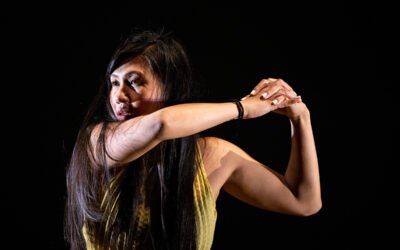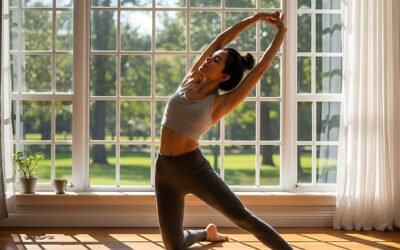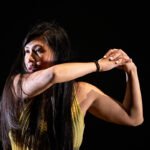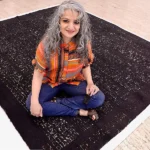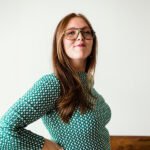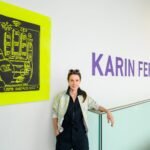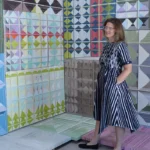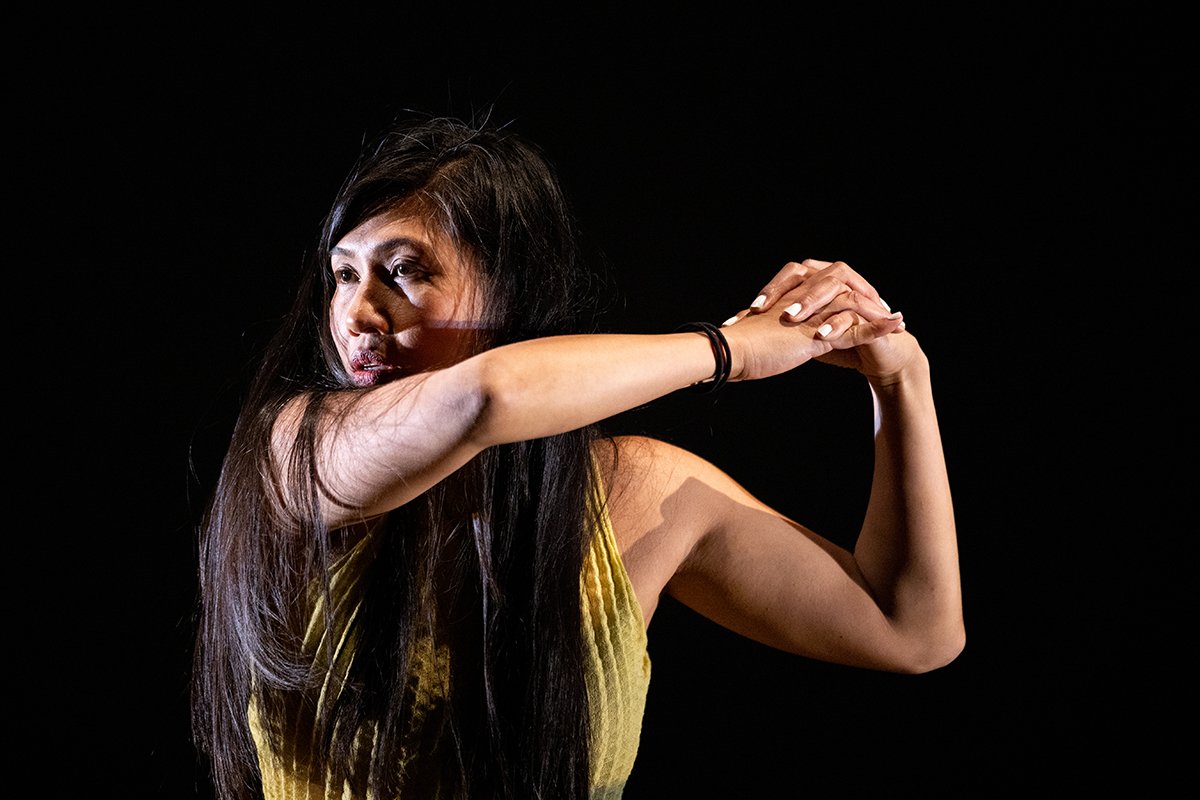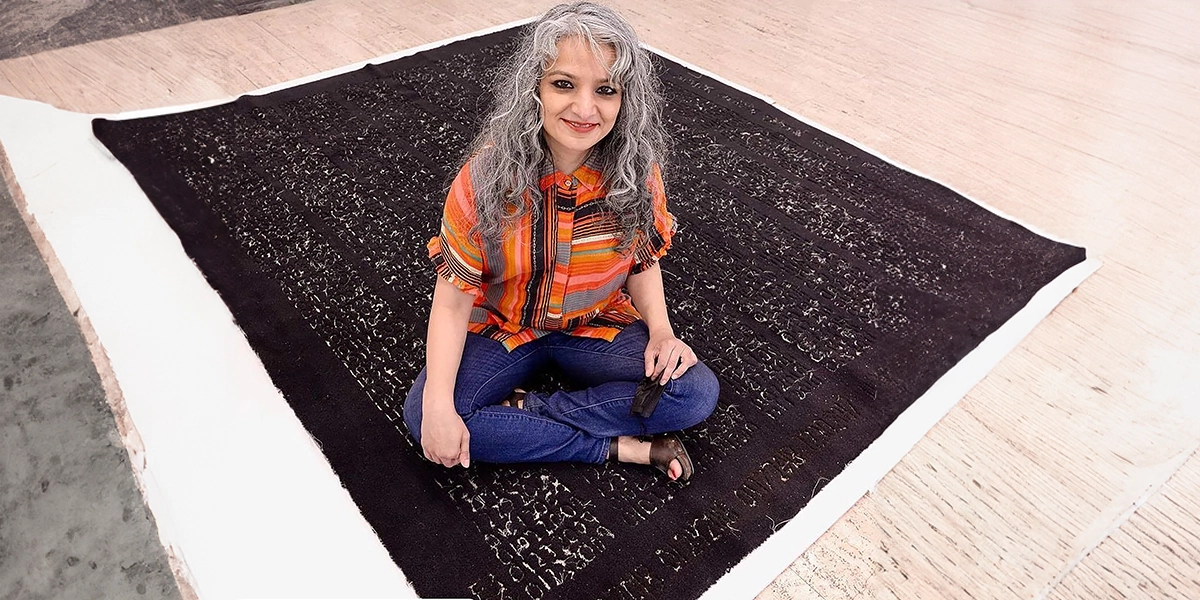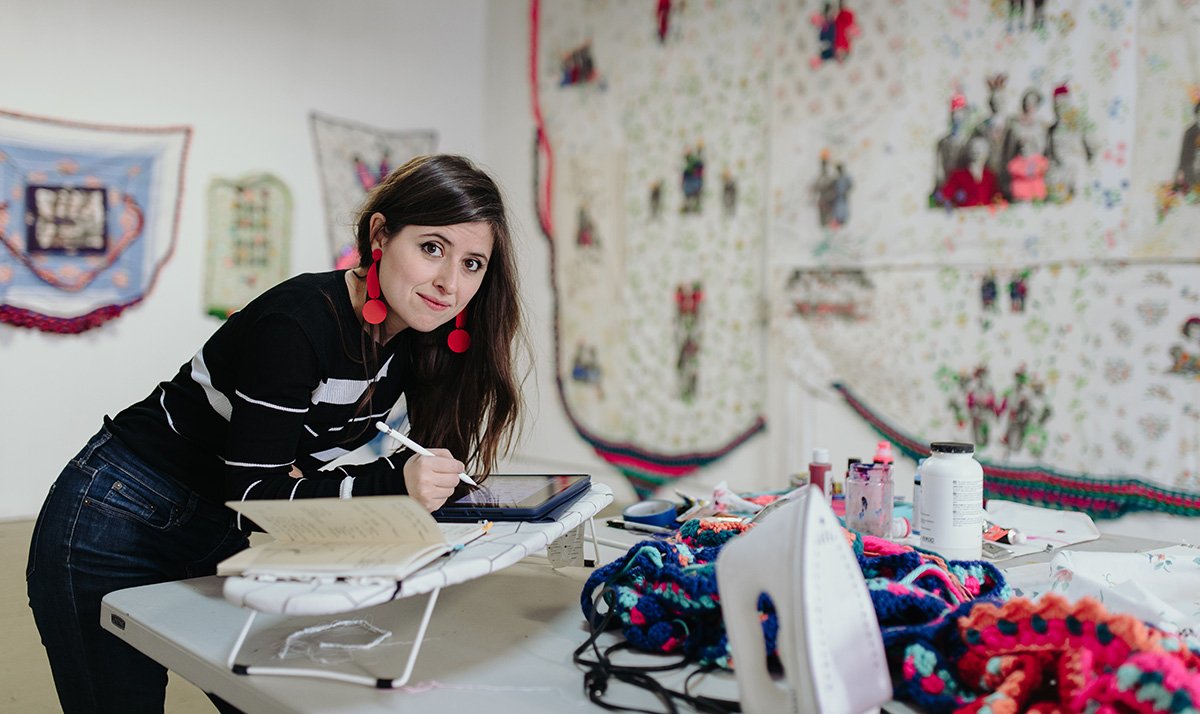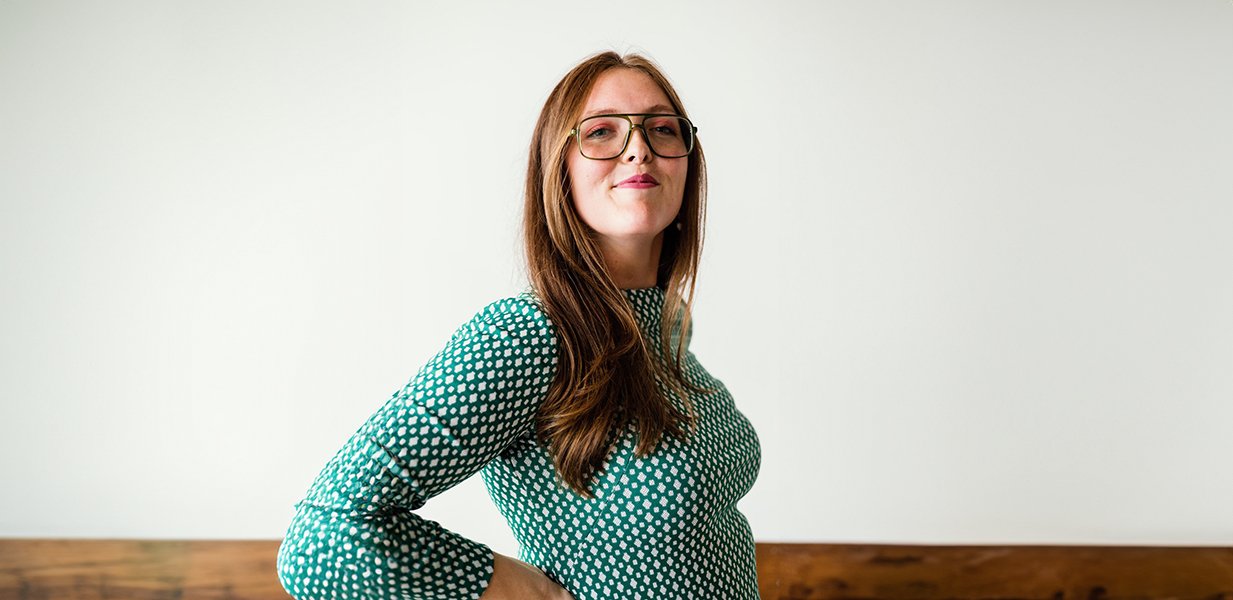Madelon Hooykaas – A Life in Motion
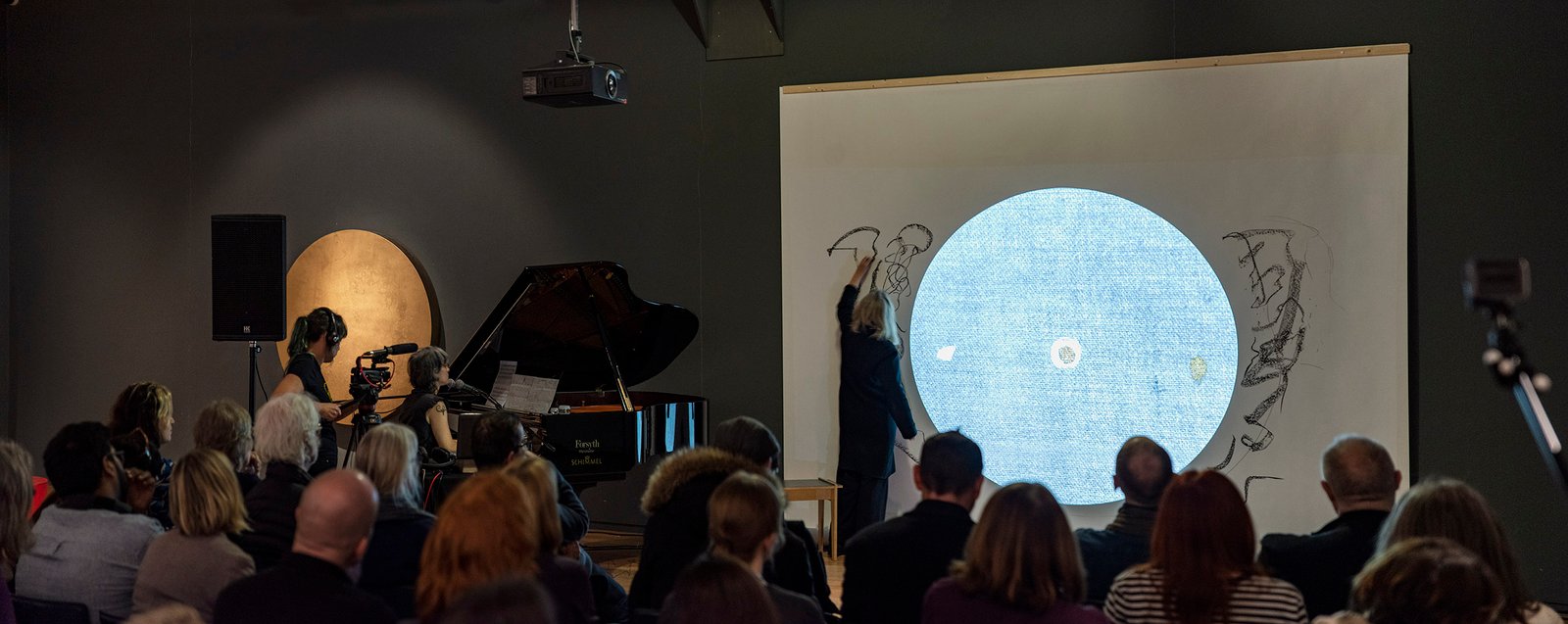
Exploring six decades of pioneering video art, collaboration, and Zen-inspired creativity
Madelon Hooykaas reflects on her creative evolution, from early influences in photography and film to her groundbreaking video art, collaborations, and the integration of Zen spirituality into her artistic process.
Madelon Hooykaas stands as a transformative figure in the evolution of video art and installations, continuously pushing the boundaries of contemporary art with her pioneering work. From her early collaborations with Elsa Stansfield in the 1970s to her later solo ventures, Hooykaas has crafted an extraordinary artistic legacy that spans photography, film, interactive performance, and conceptual installations. Her explorations of memory, landscape, spirituality, and abstraction resonate through every piece, offering audiences an immersive and often meditative experience. Her works, housed in prestigious institutions like MoMA and Tate, have left an indelible mark on the world of video art, establishing her as a key figure in its development.
In this interview, we delve into Hooykaas’ remarkable journey—from her childhood in war-torn Rotterdam to her experiences studying in Paris and England, and her time in California where she met the influential Alan Watts. Her reflections shed light on the profound personal and philosophical encounters that shaped her artistic practice. With a lifelong commitment to Zen Buddhism and a deep reverence for nature, Hooykaas seamlessly intertwines themes of spirituality and the natural world into her installations, creating works that are both visually arresting and contemplative. Through her storytelling, we gain insight into the mind of an artist who has spent decades not only mastering her craft but also expanding its very definition.
Madelon Hooykaas is a visionary artist whose pioneering work has forever reshaped the landscape of video art and installations.
Can you share how your early experiences in Rotterdam influenced your artistic journey, particularly in photography and film?
I am born during World War II in 1942 in an occupied country and lived in Rotterdam from beginning of 1944 together with my father, mother and brother Frans, who was born in 1939.Rotterdam was bombed in 1940 and it felt like a scarred city.
My father was taken prisoner in 1944 by the Germans to work in the factories there. After that experience my parents were divorced and I got a new father 13 years younger than my mother. He was a photographer. The harbour of Rotterdam influenced me a lot as a small girl. I would go on my bicycle to look at the big ocean steamers going to far away countries and I told myself that I want to go on such a ship, when I am grown up.
What motivated your decision to study in Paris and England, and how did those experiences shape your approach to conceptual art?
It was my dream to go to Paris as a young woman. I studied and worked in Paris with several photographers and later with filmmakers. My time in London was provided through a scholarship of Europhot and shaped my thoughts that photography could be art. Also, it was in London that I first met Elsa Stansfield with whom I started to collaborate in 1972.
How did your meeting with Alan Watts in California impact your work and your interest in Zen Buddhism?
My dream to embark on a big ship became true. I left Rotterdam on a Holland-America vessel on September 1968 and I lived in the U.S.A. for a year. First in New York where I assisted the photographers Philippe Halsman, Gary Winogrand and Bert Stern. Also, in New York I met Woody Allen and Andy Warhol and the Factory members. Later I travelled through the States and stayed in San Francisco with friends. They invited me to go to Berkely University where Alan Watts gave a lecture. That meeting with him was of great importance to me and it was at that moment that I decided that I wanted to go the source of Zen-Buddhism and would try to find a monastery in Japan where I could stay.
Your collaboration with Elsa Stansfield is significant in your career. Can you describe the creative process you shared and how it evolved over time?
My collaboration with Elsa Stansfield was very significant in my career. Making films together is a process which is done with several people. For our first film ‘One of These Days’ we collaborated with the now well-known composer Delia Derbyshire. In 1975 we started to make our first video-environment ‘What’s it to you’ in Glasgow. To experiment with this new medium was very exciting. Nowadays we are called video pioneers. Within the art world collaboration was not accepted in those days and certainly not two women artists working together, so that made it difficult sometimes. To exchange about ideas with another artist is very inspiring and gives you more inside about your own creative process.
How do you incorporate themes of nature and spirituality into your installations and films, and what specific techniques do you use to convey these ideas?
After my stay in 1970 in a Japanese monastery and publishing my book ’Zazen’, I became a Zen-Buddhist. Nature and Spirituality are very close in Buddhist philosophy. For the last 20 years I am a one-woman crew; besides recording sound I make my own moving images for my installations and films. My way of looking at the world around me is essential in my work. I film very intuitive and I mostly wait some time to use the images for a project. In my book ‘The Artist as Explorer’(2023) I summarize some of the principles on which my work is based since about sixty years.
What led you to return to Japan for a second time, and how did this experience influence your later works, particularly the films you created after that visit?
After Elsa Stansfield died in 2004, I felt the need to go back where I started with my own work. My stay in Japan and my conceptual work with photographic sequences with I created after my first visit was very essential for me at that time. In 2007 I went back to Japan to make moving images for the project ‘Haiku, the Art of the Present moment’. This resulted in a film for the Buddhist Broadcasting Foundation, and also an audio-video installation and a series of film stills. Since then, I went back several times to Japan to make two films for television in different monasteries and a new book ‘Zazen Now’.
Also, during my eighth visit to Japan I developed the idea of drawing on paper on which the video image was projected. Several live performances were created in this way at locations in Venice, Amsterdam, Antwerp, Manchester and Berlin.
Some of my performances are to be viewed in my book ’The Artist as Explorer’ via QR-codes.

